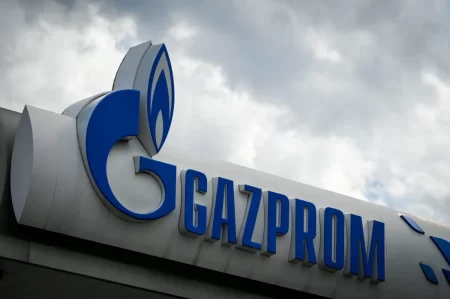 02 November 2015, News Wires – The recent plunge in US natural gas prices — and the threat of further deterioration through the winter — could mean big trouble for onshore oil producers already reeling from low oil prices and, in some cases, high levels of debt.
02 November 2015, News Wires – The recent plunge in US natural gas prices — and the threat of further deterioration through the winter — could mean big trouble for onshore oil producers already reeling from low oil prices and, in some cases, high levels of debt.
(This comment originally appeared in the 30 October edition of Upstream newspaper.)
The world’s attention has been focused on the phenomenal growth and now increasing decline of US tight oil production and, at the same time, US onshore producers have emphasised the oily parts of their portfolios when talking with investors.
Yet all but the most oil-focused onshore operators are natural gas producers at their core, both because of their early investments in shale gas plays and because of the significant gas stream that comes from most tight oil wells.
For example, EOG Resources is widely cited as the one of the leaders in the US tight oil sector and routinely touts its disciplined investment programme that does not allocate any money to shale gas plays.
Despite this focus, more than one third of EOG’s daily production this year — about 210,000 of its almost 580,000 barrels of oil equivalent per day — is comprised of natural gas.
For Chesapeake Energy, which has touted its successful shift from natural gas to oil and liquids under new chief executive Doug Lawler, more than 70% of its production still comes from natural gas.
For the trailing 12 months, gas prices have fallen about $1.50 — about 40% — but they had been fairly resilient since the beginning of January. That changed in the last month when prices fell almost 20% in a 10-day trading period.
The drop is compounded by the fact that producers in the Appalachian basin — home to the prolific Marcellus and emerging Utica shale gas plays — sell much of their gas at a discount to benchmark Henry Hub prices.
EQT, which drills exclusively in the Appalachian basin, estimates that its price realisations will lag Henry Hub by more than $1 this year.
Assuming that differential continues, the company could be faced with selling its gas for less than $1.
All this is coming at a time when producers should be readying to reap the highest prices of the year.
Traditionally, US gas prices trough in the spring and fall and strengthen in the winter when demand is highest but predictions for abnormally warm winter temperatures are casting a pall over the market.
Storage levels are already above the five-year average, with analysts predicting further injections before winter heating begins to draw on those stocks. Operators are facing the grim prospect of a storage overhang weighing already weaker-than-average winter demand.
The combination threatens to cut cash flows for US onshore players that are already struggling under high debt loads.
Many of these companies have recently renegotiated rules governing their access to debt with their lenders, often imposing covenants that are linked to their ratio of debt to earnings.
Most pundits have focused on how these debt covenants could be impacted by a slow recovery in oil prices and it is also true that the US natural gas market can jump just as quickly as it has fallen if weather reports change or production looks like it is decreasing.
However, current dynamics of the natural gas market are pointing to a period of record low prices, meaning US onshore companies could be in for a long winter and an even grimmer spring.
- Upstream



